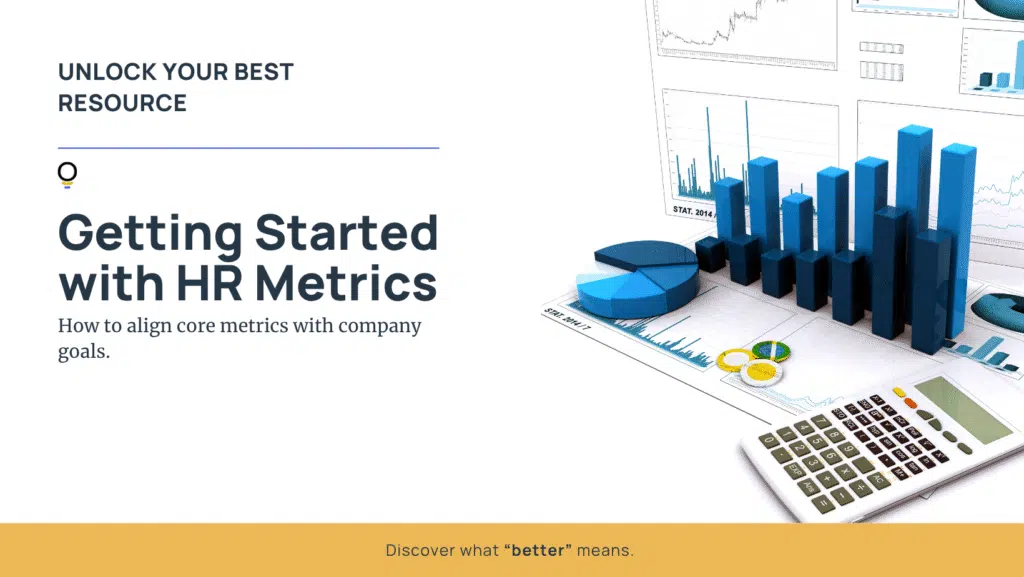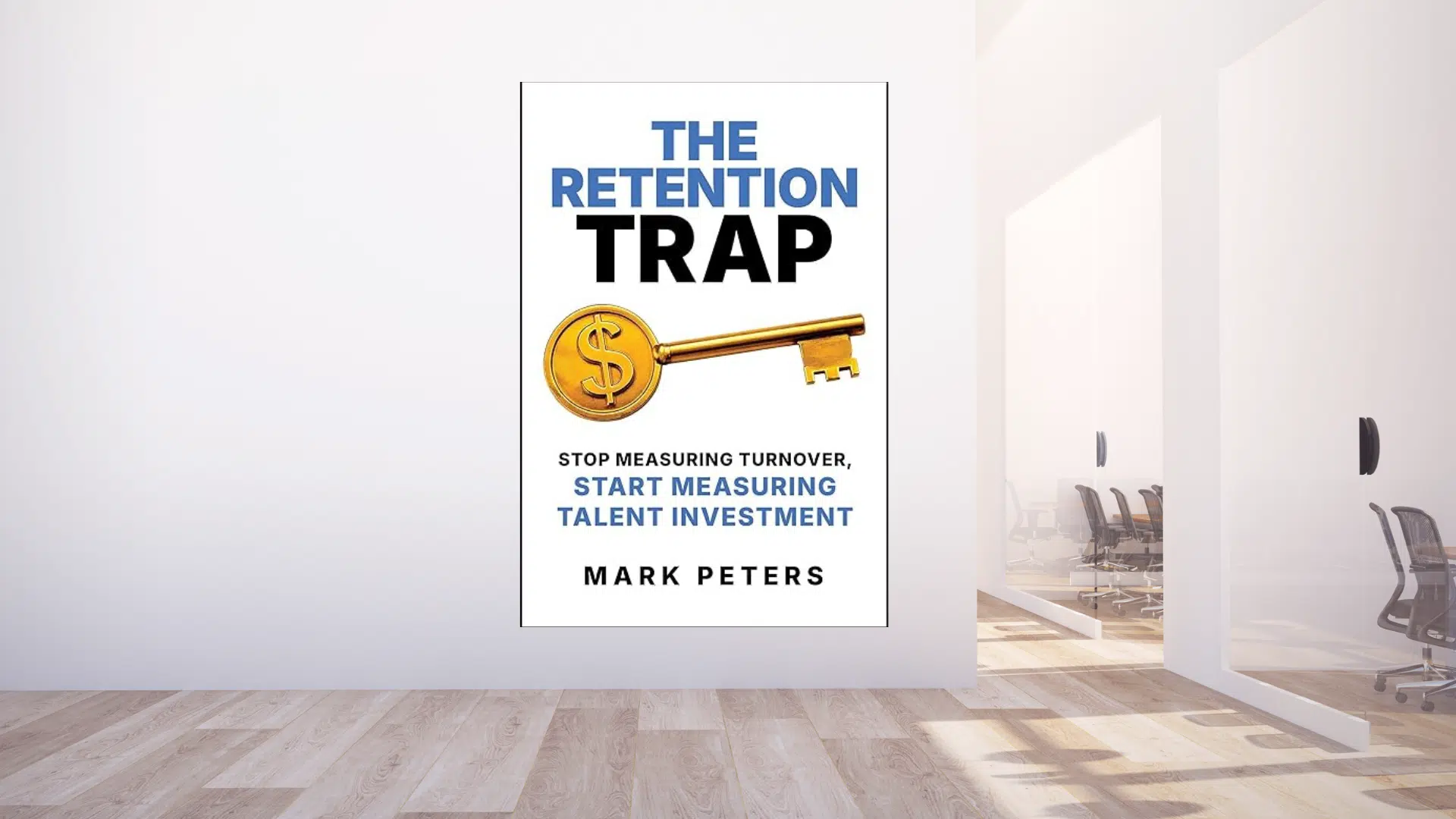
Top HR Metrics to Get Buy-In
Five years ago, I was working 70-hour weeks. Every day I felt like I was carving a giant ice sculpture, one ice chip at a time, wondering if I’d ever form an arm or a leg. Drowning in the daily to-do list, I was exhausted by 5 o’clock, and quickly burning out. A study by Workvivo, showcased by Forbes, shows an alarming 98% of HR professionals report feeling burned out in the last six months.
The HR landscape has undergone profound changes compared to a decade ago. From the evolution of digital recruiting to managing the intricate task of retaining top talent amidst fluctuating legislation and unprecedented circumstances, the role of HR has become significantly more demanding. Most HR managers are caught in a reactionary state, not sure of where their initiatives are headed or how to measure what “better” means.
When you take a step back to strategize and define your HR metrics, you’ll have the opportunity to establish a baseline for your initiatives and see the path to “better”. Human metrics have historically been controversial, but applying the right calculation makes it clear. The first step is selecting which metrics are meaningful to your company.
Step 1: Review Your Company Goals
Review the full range of HR activities that you perform on a weekly basis. Then, identify which of those activities align with company goals. This will ensure that when you are pulled in a million different directions each day, that you know what to prioritize to get measurable results.
Example
- Company Goal: Grow workforce by 20% in the next 6 months
- Metrics: Retention, resignation/dismissal rate, and source by hire stats
Step 2: Select HR Metrics
If you’re new to metrics, we have compiled 10 of the basic core HR metrics that we recommend starting with that includes how to use the metric, an example, and the calculation. This gives you a template to start with or pass to your data team. The most important thing to uncover is where in the process you can automate.
- Download our list of HR metrics with applicable formulas.
- Do you have an HRIS that can track this data, or do you need to set up a manual system?
Step 3: Define a Process
Create your own process to report, measure, analyze, and repeat. Set up a recurring time on the calendar to run through this process to collect monthly, quarterly, or bi-annual data.
Step 4: Share Data with Your Team
Use Canva’s new HR work kits to present the data to your team. Even if you are not a pro at graphs and charts, Canva has built-in tools to easily take the data and design it to make it visually clear. Once you have this template created, just plug and play with your numbers.
It’s also recommended to make metrics SMART. This means they are specific, measurable, achievable, realistic, and timely.
Here are some examples of the top HR human metrics to measure:
- Absenteeism
- Accidents in the Workplace
- Average Time for Recruitment
- Cost per Hire
- Dismissal Rate
- Duration in a Position
- Employee Productivity
- Employee Satisfaction
- Retention Rate
- Turnover Rate
Not identifying the total cost and impact of the initiatives you’re implementing can take up a large part of the budget and leave you feeling defeated, as though you’re not making any progress at all. Without transparency for your leadership team and yourself, it can feel like you’re stuck on a hamster wheel which leads to burn-out. Taking a step back to identify several human metrics that align with your company goals will ensure that what you’re prioritizing moves the needle forward each day.
Resources:
The Ultimate Human Capital Metrics Handbook

Advice in Your Inbox
Join our newsletter for free bi-monthly toolkits and downloads on how to hire, support, and retain your best talent.







